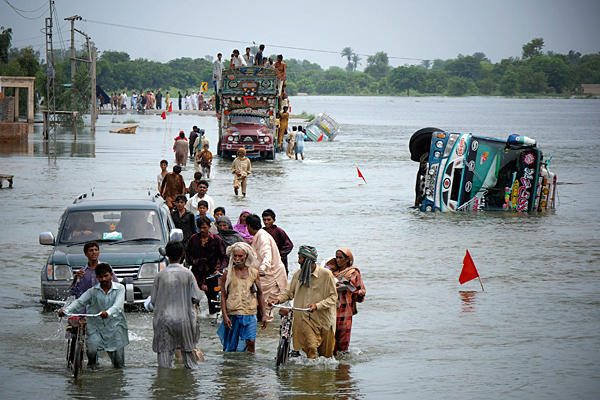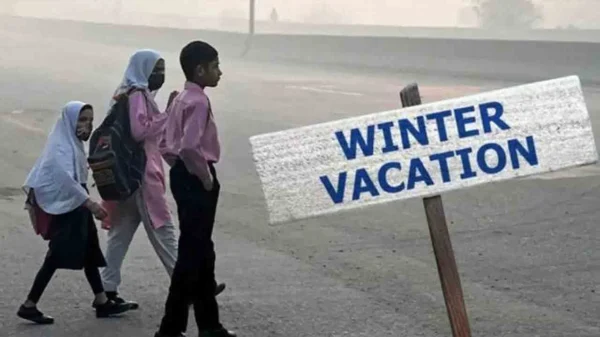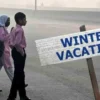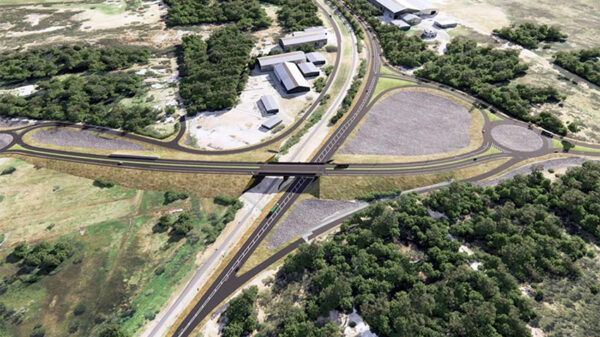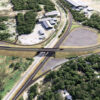In the wake of devastating floods that engulfed a fourth of Bangladesh because of torrential rains, the government of Bangladesh ramped up relief operations on Wednesday.
According to a 2015 World Bank Institute estimate, over 3.5 million Bangladeshis are in danger of river floods each year, making Bangladesh one of the world’s most climate-vulnerable countries.
At least 17 of Bangladesh’s 64 districts were affected by the natural catastrophe on Wednesday, mostly in the north and northeast Sylhet area.
At least 36 individuals have been murdered and 4.5 million people have been stranded so far, according to authorities. Agriculture, infrastructure, and the provision of clean water are all at risk because of the flooding.
Sylhet division chief administrator Mohammad Mosharraf Hossain said 365 medical teams were attempting to visit flood-affected districts to deliver tablets to cleanse drinking water.
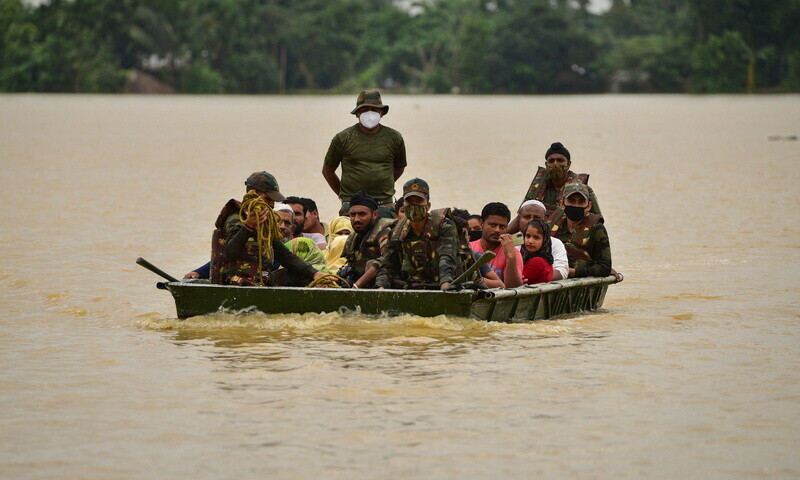
The Sylhet region is hardly hit, with parts of the region still without power.
The Bangladesh Department of Disaster Management director-general, Atiqul Haque, stated that “we are making frantic attempts to guarantee that there is food and potable water for all the affected people.”
The floodwaters covered vast swaths of farmland. People huddled in government buildings and on the higher ground received supplies of water, medication, and food via boat.
Sunmaganj district resident Enam Ahmed, 45, stated, “Many people severely need food and potable water.”
“Water is everywhere, yet there is none to drink. The flood shelters are overflowing with people, but they are not getting enough food,” he remarked. “
More than 970mm of rain fell in Mawsynram and Cherrapunji, two of the wettest regions in the world, in India’s Meghalaya state on Sunday, according to government statistics. This has exacerbated the issue in Bangladesh and contributed to the devastation there.
At least seven people have been murdered in India’s Assam state in the previous 24 hours, bringing the latest wave of floods death toll to 44, authorities said.
Presently, the flooding in the three Barak Valley districts is still quite critical. According to Assam Chief Minister Himanta Biswa Sarma, “Army rescuers have evacuated hundreds of people who were marooned”.
In a statement, India’s National Disaster Management Force claimed that 14 teams with more than 70 boats and over 400 men were deployed in the inundated areas of Assam.
The crew had safely moved 14,200 persons who had been stranded by flooding.
A total of 5.5 million people have been displaced, with 3.7 million of them residing in government-run temporary shelters on embankments or other higher land.
Those who live in the flood-ravaged areas say they have seen nothing like it, and they may soon face shortages of basic necessities.
Works at The Truth International Magazine. My area of interest includes international relations, peace & conflict studies, qualitative & quantitative research in social sciences, and world politics. Reach@ [email protected]


